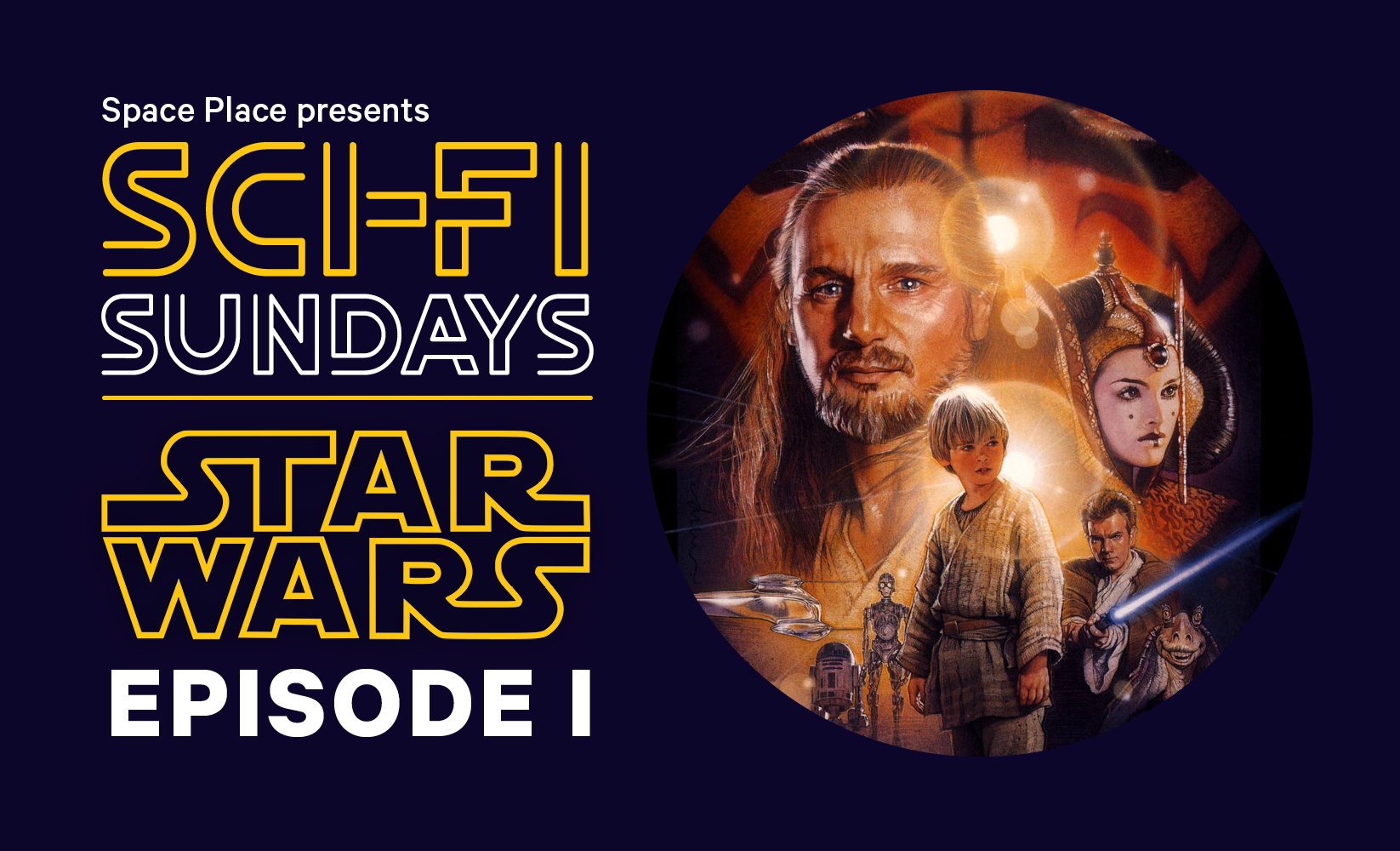Celebrating NZ Music Month. 25th May.
Read more
With art supplies from Gordon Harris. 2nd June. Read more
Old world charm five minutes from the city. Open weekends. Read more
Explore local treasures in a calm and quiet space
Read more
Showing now at Space Place. Book now. Read more
